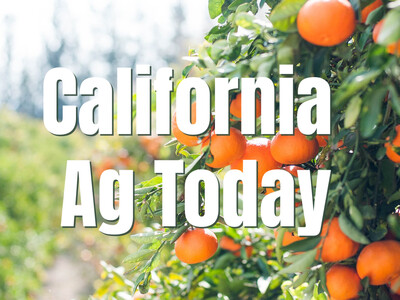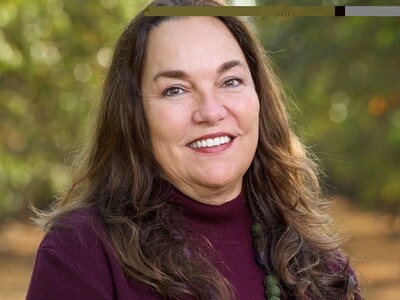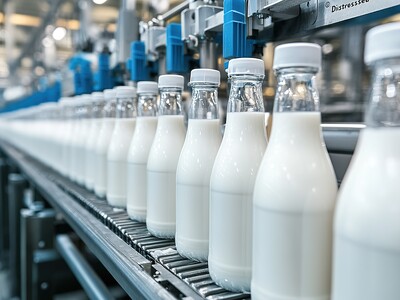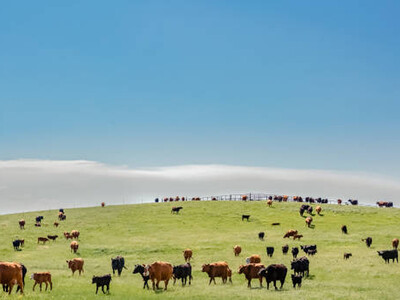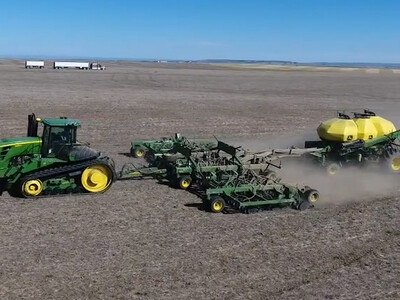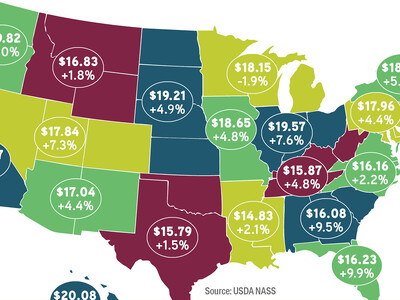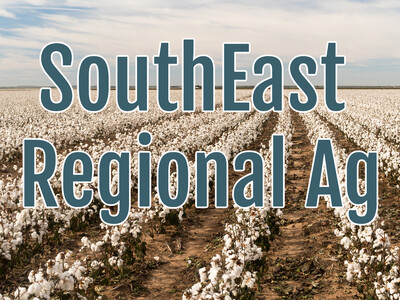Small Wind & Salmon Virus
Small Wind & Salmon Virus plus Food Forethought. I’m Greg Martin with today’s Northwest Report.
Small wind is classified as wind turbines with capacity ratings from one to 100 kilowatts. They can produce power for residential homes, farms, small businesses and schools. Community wind is clean, local energy with more elements of local ownership, involvement and participation. Lisa Daniels - Executive Director of Windustry - a non-profit group that promotes community wind throughout the U.S. - says both have their benefits.
DANIELS: It keeps your energy dollars as local as possible. The economic benefits stay more local. If there is a local project coming together you’re using more local materials, more local labor, sometimes going to a local bank, going to the local engineers, the local service providers for that project.
Recently, British Columbia detected a deadly virus in wild salmon both on the coast and in the Fraser River. B.C. is struggling with what it must do to head off an ecological disaster of epic proportion. Now the U.S. has begun to act. The Senate on Tuesday passed an amendment to an appropriations bill that calls for an investigation and rapid response plan to prevent the spread of the virus, infectious salmon anemia, or ISA.
Now with today’s Food Forethought, here’s Lacy Gray.
There are numerous persons generous with their views on what is wrong with the world’s food production. Michael Pollan is probably the most vocal and therefore well known of all the food movement’s self appointed experts. Next in line would probably be Dr. Marion Nestle, who this past weekend joined the “Occupy Wall Street” group with her own agenda, “Occupy Against Big Food”. Both Pollan and Nestle are quick to point the finger of gloom and doom at large scale food production, touting that they “only want to make the food system healthier for people and the planet”. That is all fine and good, and you would be hard pressed to find a farmer with either a large scale or small scale farming operation who doesn’t agree with the goal of providing consumers with safe, healthy food choices. What experts such as Pollan and Nestle don’t provide are ways to feed the world’s seven billion people through local and organic food production alone; reason being, because you can’t. So what is the answer? I certainly don’t pretend to know. But what I do know is that we can’t write off ninety percent of the world’s population because they don’t fit the food movement profile.
Thanks Lacy. That’s today’s Northwest Report. I’m Greg Martin on the Ag Information Network.






